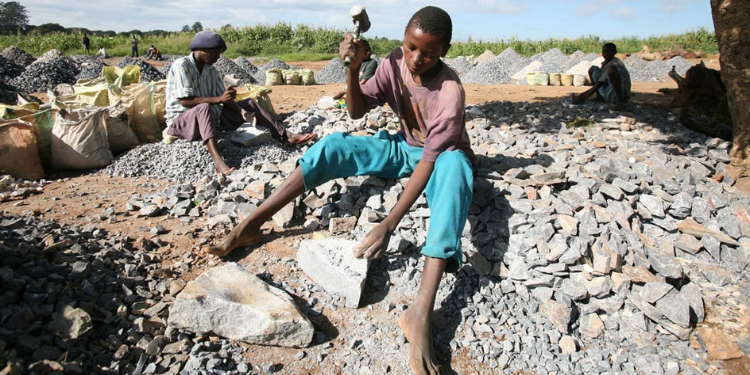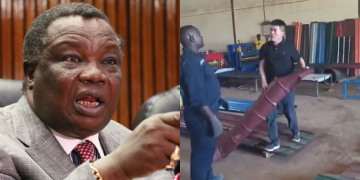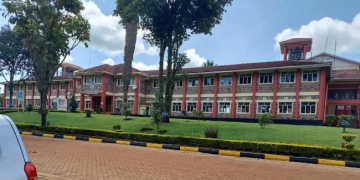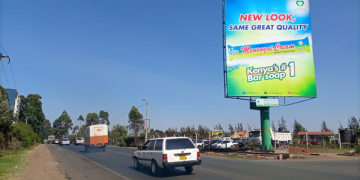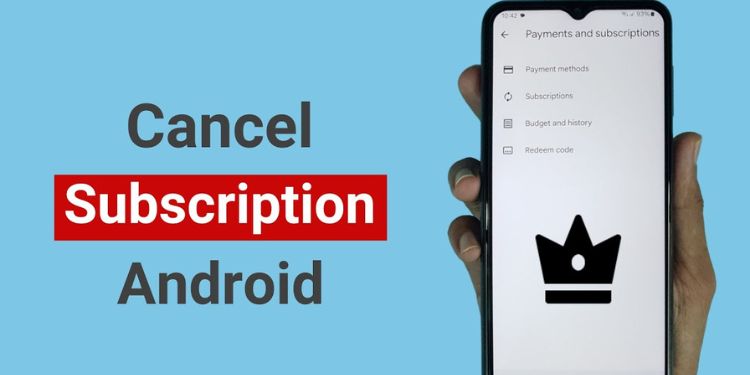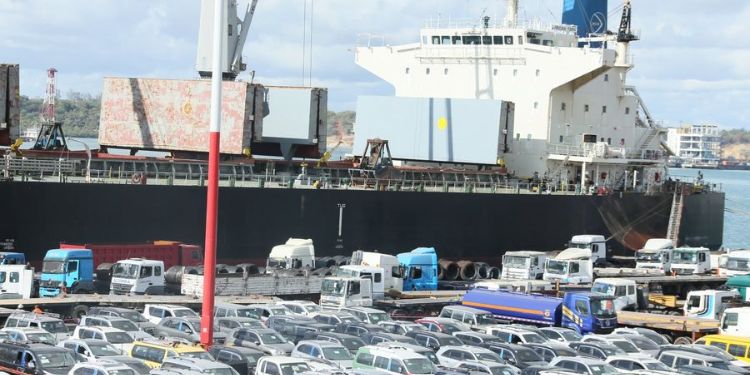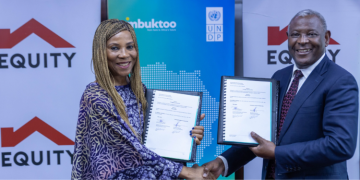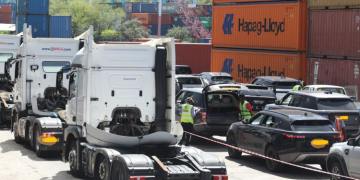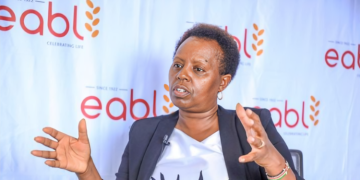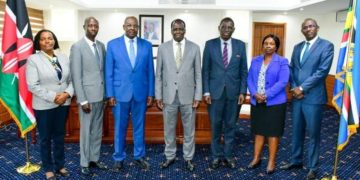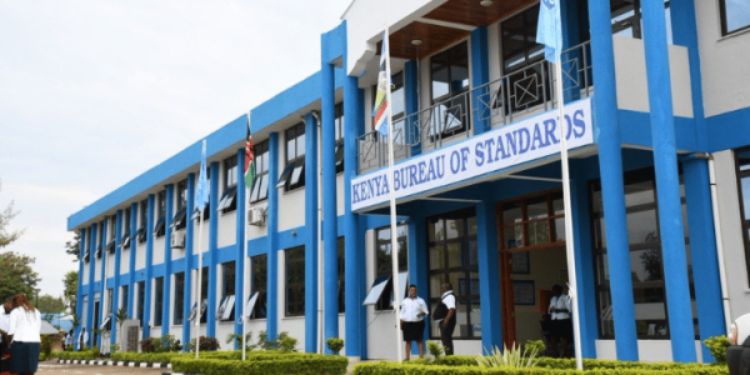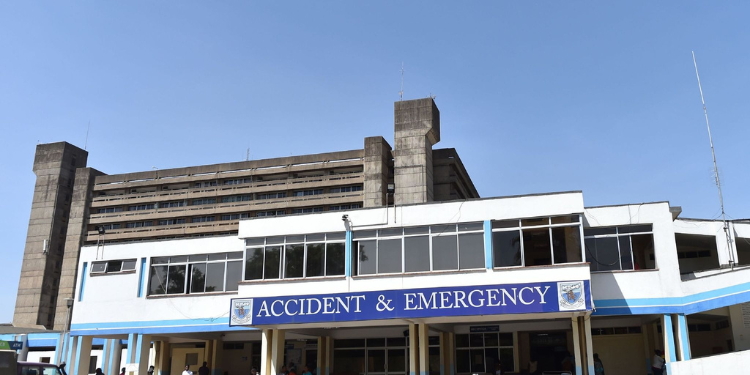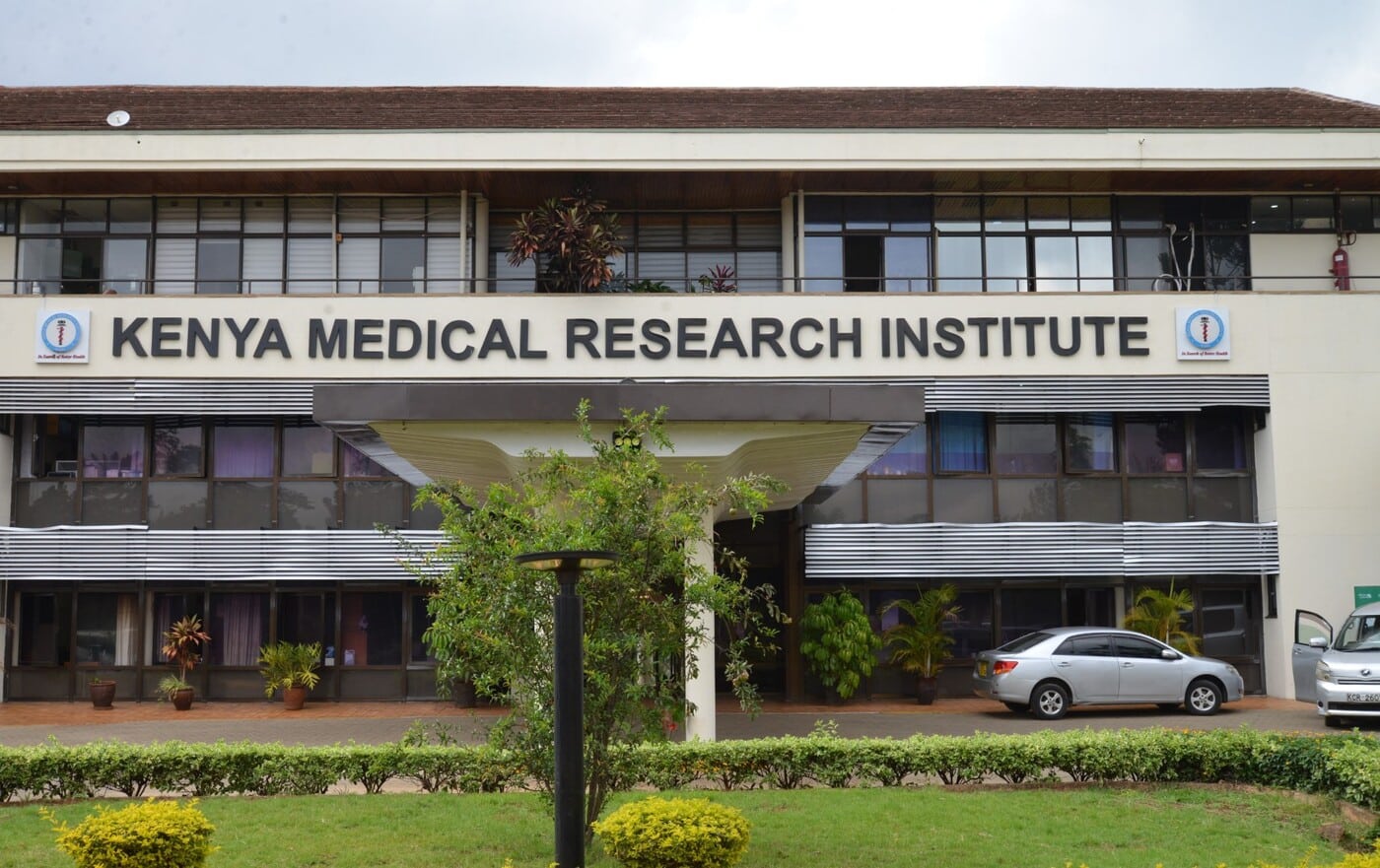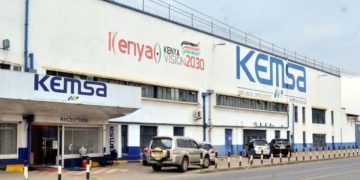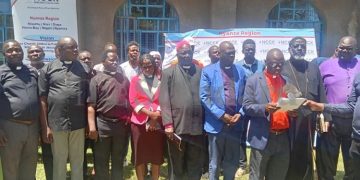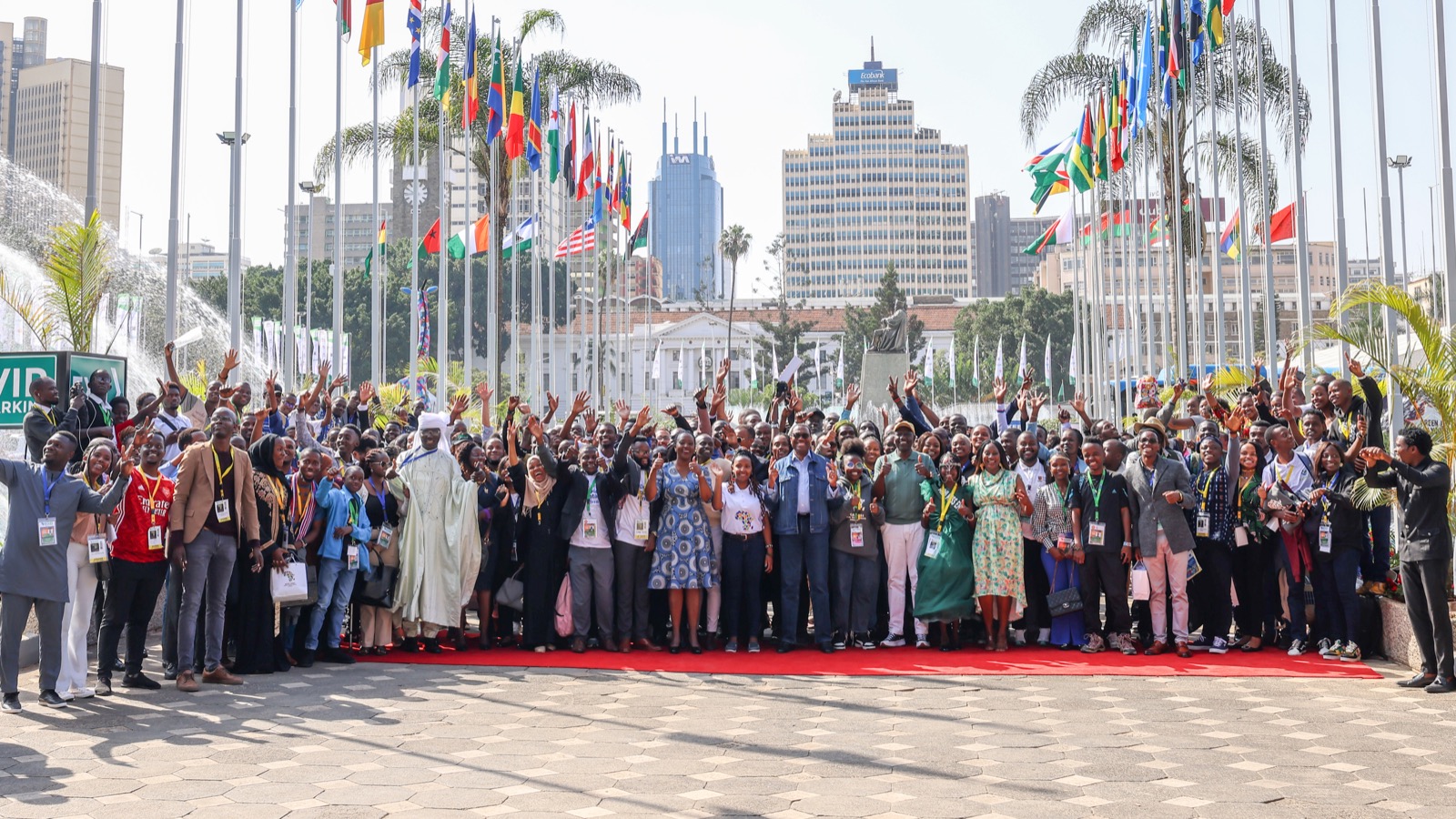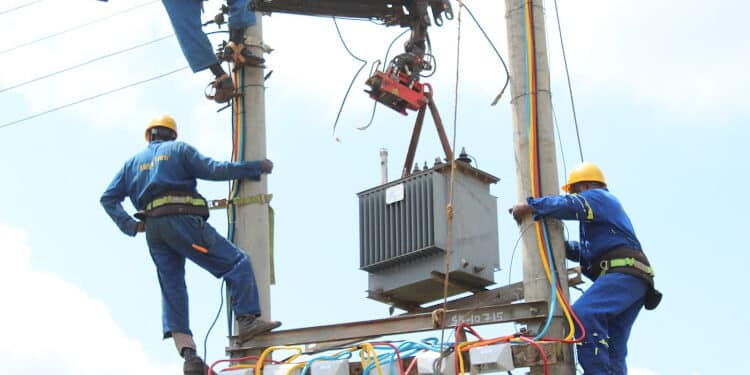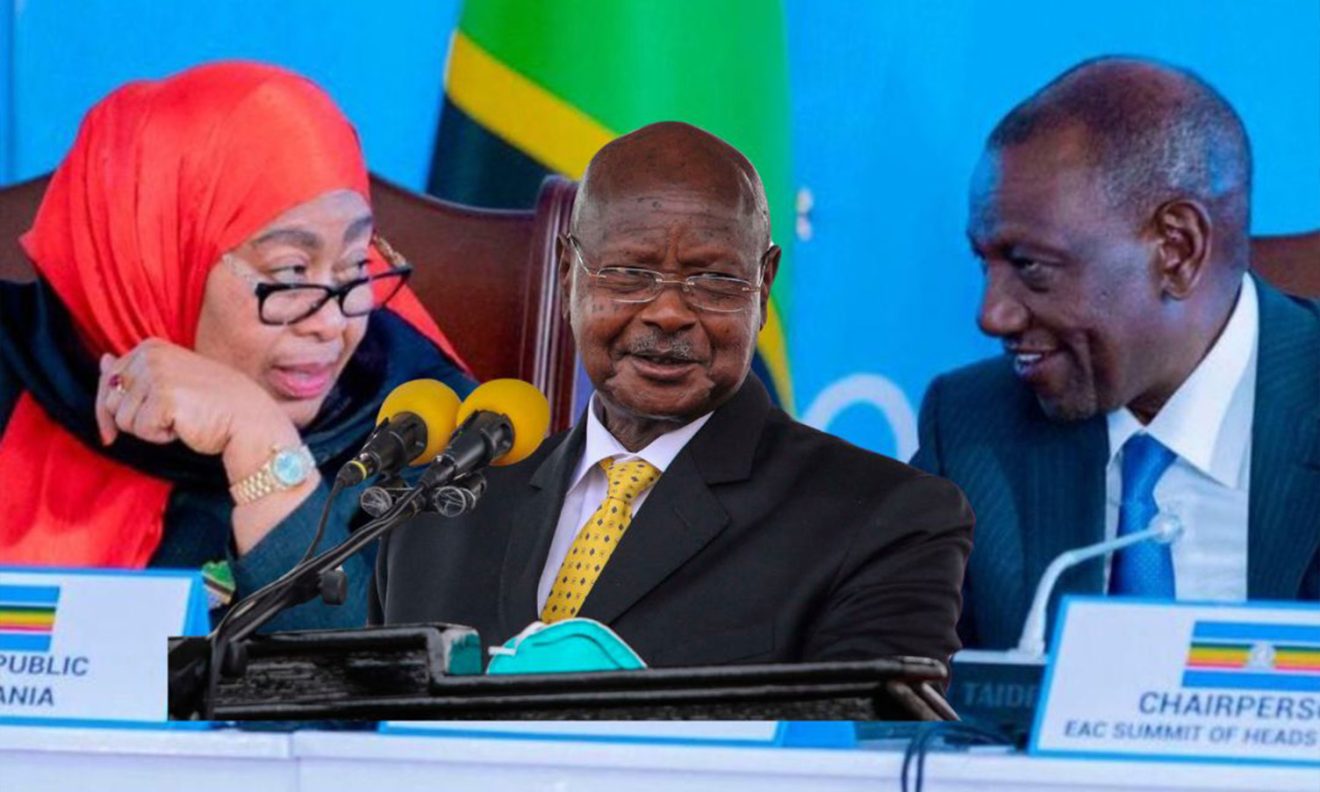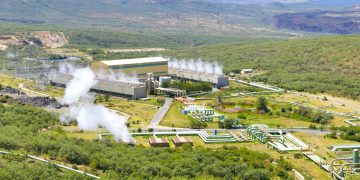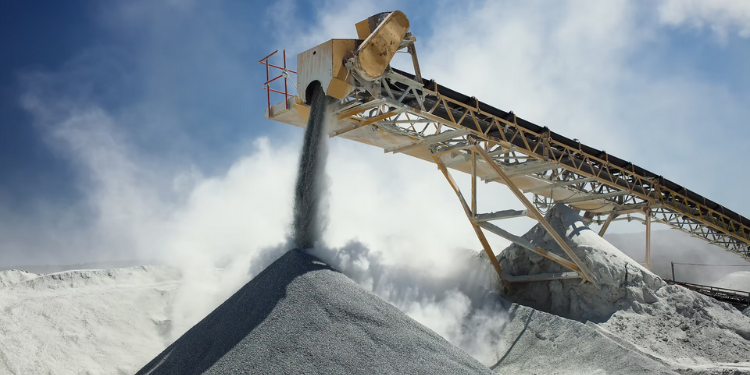A quarrying license in Kenya is a mandatory legal authorization that allows individuals or companies to extract construction materials such as stone, sand, and murram under regulated conditions.
Quarrying activities in Kenya are regulated by the Mining Act, 2016, under the Ministry of Mining, Blue Economy, and Maritime Affairs.
Anyone seeking to operate a quarry must obtain the appropriate license to ensure environmental compliance, safe operations, and adherence to community and land-use regulations.
This article outlines the process for applying for a quarrying license.
Step-by-Step Process
1. Confirm Eligibility and Site Suitability
The applicant (an individual, a company, a cooperative, or a registered business entity in Kenya) must have a valid Certificate of Incorporation/Registration and a KRA PIN.
Foreign investors must meet the requirements set by the Mining Act, 2016, which may include demonstrating financial and technical capacity.
Before applying, the applicant must:
- Identify the land where quarrying will take place.
- Prove that the land is either owned, leased, or legally accessible through a valid agreement.
- Confirm that the area is zoned for quarrying and does not fall within protected zones such as forests, water catchment areas, or residential reserves.
- Conduct a preliminary environmental assessment to check possible impacts.
Before investing in a quarrying license, a geological survey should be undertaken to confirm that the land contains viable quarry materials (stone, ballast, murram, or sand).
The survey also helps determine the quality, quantity, and accessibility of the resources, which are important for the feasibility study submitted with the license application.
2. Prepare the Required Documentation
Applicants must gather and prepare the following documents:
- Duly completed application form from the Ministry of Mining.
- Copy of land ownership documents (title deed, lease agreement, or consent from landowner).
- Business registration documents (certificate of incorporation/registration, KRA PIN).
- Comprehensive Environmental Impact Assessment (EIA) report, approved by the National Environment Management Authority (NEMA).
- Mine/quarry plan and feasibility study, outlining production methods, equipment, and safety measures.
- Health and Safety Management Plan in Compliance with the Occupational Safety and Health Act.
3. Submit the Application
Once all the required documents have been compiled, the next step is to formally submit the application to the licensing authority.
In Kenya, this process is overseen by the State Department for Mining under the Ministry of Mining, Blue Economy and Maritime Affairs.
Pay the prescribed application fees, which vary depending on the scale of the quarrying activity (small-scale or large-scale).
Upon submission, the applicant receives an acknowledgement receipt or reference number.
This number is used to track the progress of the application, especially if using the Cadastre Portal.
Incomplete applications are either rejected outright or returned to the applicant for correction and revision.
4. Review and Inspections
After submission, the application undergoes a thorough review process by the Ministry of Mining and other relevant regulatory bodies.
This step ensures that only compliant and environmentally safe quarrying operations are licensed.
Officials at the State Department for Mining first verify the authenticity of the documents submitted.
They verify the completeness of forms, payment of fees, proof of land rights, environmental approvals, and technical plans.
Any inconsistencies or missing documents are flagged, and the applicant may be asked to provide clarifications.
Special attention is given to safety procedures for blasting, dust control, slope stability, and worker welfare.
5. Approval and License Issuance
Once the application has successfully passed administrative checks, technical evaluation, environmental review, and site inspections, the Ministry of Mining proceeds with the approval and issuance of the quarrying license.
This step officially allows the applicant to begin quarrying operations, subject to conditions set by law.
Before the license is released, the applicant must pay the prescribed license fees as per the Mining (Licensing and Permit) Regulations.
The applicant is also obligated to pay annual royalties to the government based on the quantity and type of materials extracted.
Royalties are paid to the Ministry of Mining and are separate from county levies, which may apply depending on local regulations.
Also Read: How to Apply for a Waste Management Licence in Kenya
After payment, the applicant is issued a quarrying license certificate, which serves as the legal authority to operate.
The license specifies:
- License number and validity period (typically ranging from 1 to 5 years, depending on the category).
- Exact geographic coordinates of the licensed quarry area.
- Operational conditions on safety, environment, and community engagement.
- Reporting obligations, such as quarterly or annual production reports submitted to the Ministry.
6. Compliance and Renewals
License holders must comply with ongoing legal, environmental, and operational requirements throughout the lifespan of the quarry.
Failure to comply can result in fines, suspension, or the cancellation of the license.
Quarry operators must implement the mitigation measures approved in their Environmental Impact Assessment (EIA) report.
This includes dust suppression, noise reduction, water management, and progressive land rehabilitation.
Compliance with the Occupational Safety and Health Act (OSHA, 2007) is mandatory.
Operators must provide personal protective equipment (PPE), maintain safe blasting practices, and have emergency response plans in place.
Also Read: How to Apply for a Sand Harvesting Permit in Kenya
The Ministry of Mining conducts routine inspections to ensure that quarry operations are consistent with the terms of the license.
A license may be suspended or cancelled if:
- The operator fails to comply with environmental, health, or safety standards.
- Royalties, fees, or county levies are not paid.
- The quarrying activity deviates significantly from the approved plan.
- The operator fails to submit reports or conceals production data.
In such cases, the Ministry may issue warnings, impose fines, or revoke the license altogether.
Follow our WhatsApp Channel and X Account for real-time news updates.
